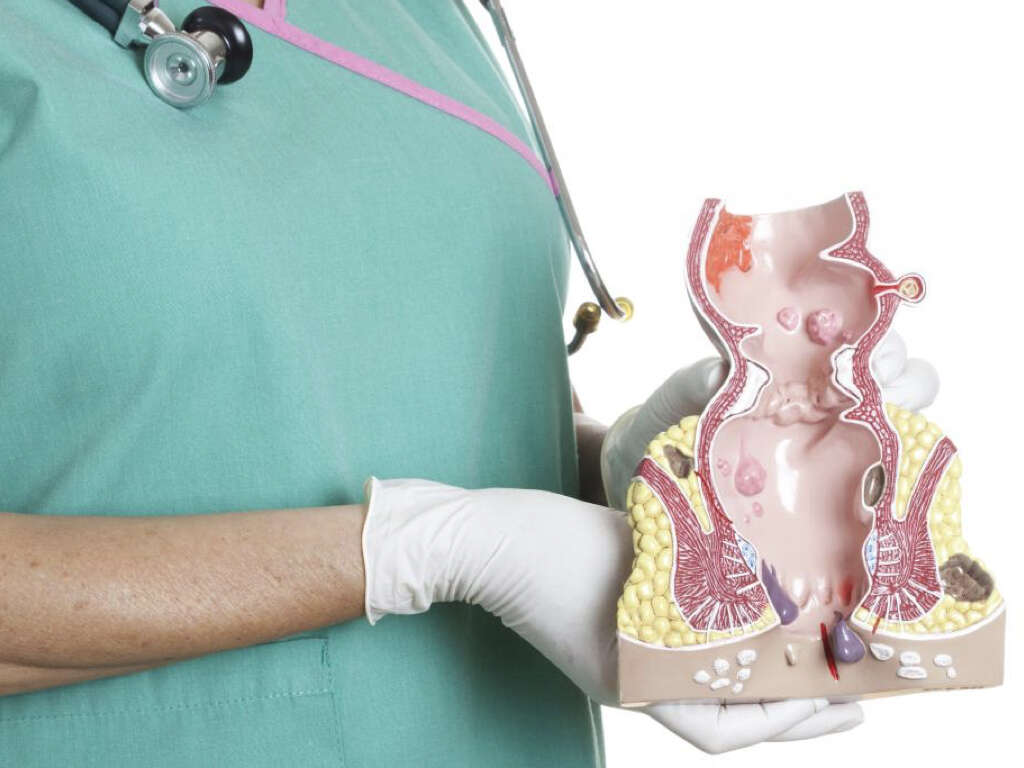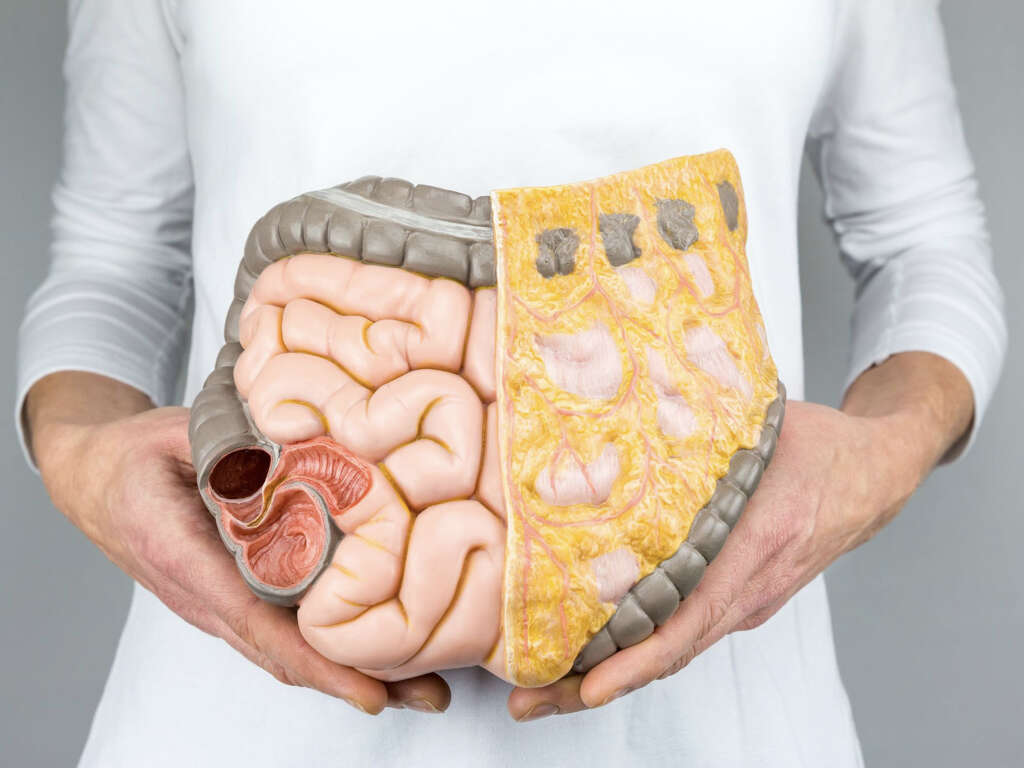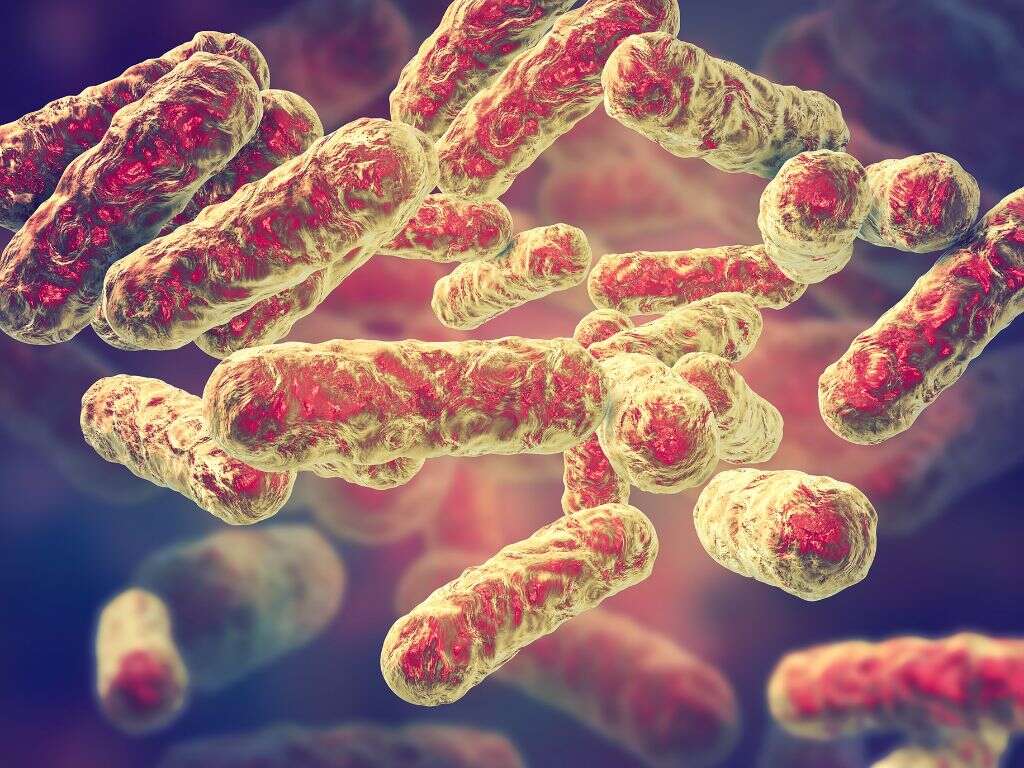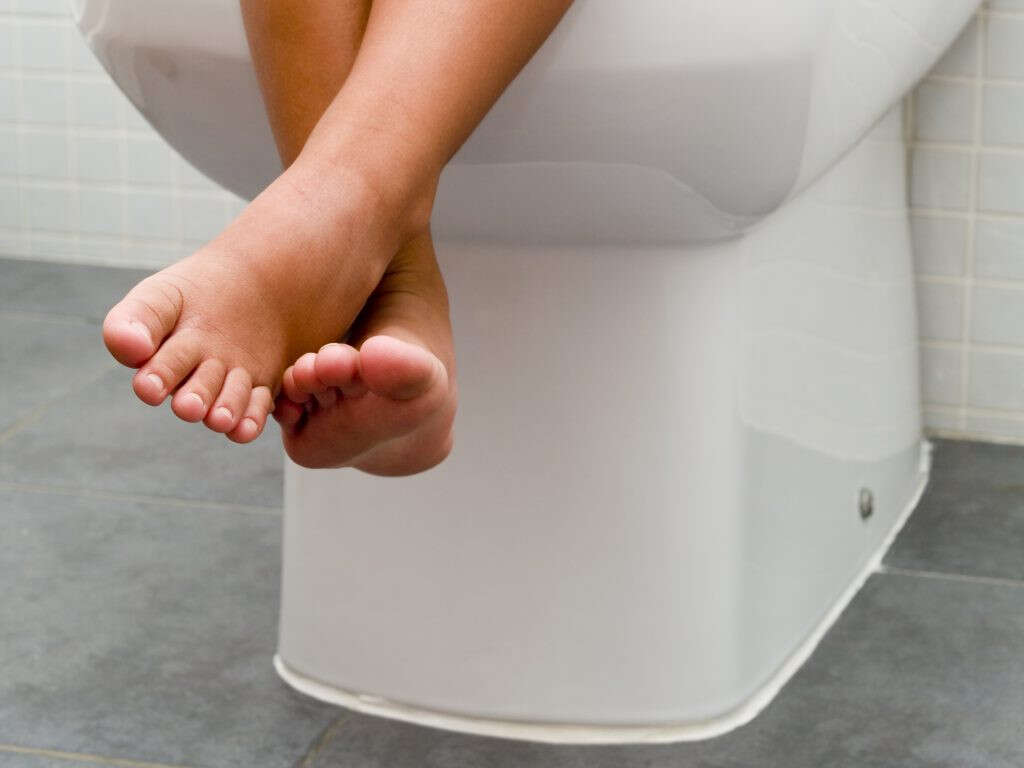What Is Rotavirus?
Having a sick child can be quite scary. This is especially true when your little one is under the age of 5. Young children often lack the verbal ability to communicate their needs or feelings accurately, so it’s up to the parents to discern when an illness is something that will go away on its own or something that requires medical intervention.
Rotavirus is most common in very young children and can pose a threat if it progresses. To minimize the potential danger, it’s important for parents to know how to recognize rotavirus symptoms and when to call their child’s pediatrician.
1. What Is Rotavirus?
Rotavirus is an infectious disease that primarily affects infants or very young children. Across the world, it is the most common cause of diarrhea in children under the age of 5. Symptoms vary in duration and severity among those affected.
This virus is very contagious. It isn’t common in adults, but it can easily be passed from infected children to adults who are caring for them during their illness. While practicing good hygiene can lower the risk of contracting rotavirus, the most effective prevention is the vaccine.
2. What Causes Rotavirus?
The most common cause of rotavirus is hand-to-mouth transmission. Before symptoms ever appear, the virus can be present in someone’s stool for several days. It continues to be present in an infected child’s stool while symptoms persist and up to 10 days after they subside.
It is always important to wash your hands after you use the bathroom or after changing a dirty diaper. It is especially important if you or your child is infected with rotavirus. Otherwise, the virus is likely to get on any surface you touch or the food you prepare. It can spread when others touch infected items and then proceed to touch their own mouths or faces.

3. What Are the Symptoms of Rotavirus?
Rotavirus causes significant gastrointestinal distress. Symptoms can appear as early as two days after exposure. You may notice that your child or infant is fussy or tries to curl up as if experiencing abdominal pain.
The symptoms of rotavirus present like stomach flu. Diarrhea is the most common sign. Other symptoms that may occur include vomiting, fever, fatigue and dehydration. Monitor these issues to see if they increase in severity. The longer they persist, the more likely they are to lead to dangerous outcomes.
4. What Is the Biggest Risk Associated With Rotavirus in Children?
Dehydration is the symptom to which you should pay the closest attention. Complications from dehydration are often magnified in very small children. A steady loss of fluid, whether through diarrhea, vomiting or sweating out a fever, depletes small bodies more rapidly than adult bodies.
Knowing the signs of dehydration can help you take action more quickly. Dry, cool skin and a dry mouth are common indicators. Secretions in dehydrated children, such as tears or urination, will significantly slow or stop altogether. If your child’s eyes appear sunken, it’s important to get more fluids in him or her as soon as possible.

5. When Should You Call Your Doctor?
Most rotavirus cases resolve on their own with at-home care, but it is possible for symptoms to increase in severity. Call your youngster’s pediatrician if diarrhea or vomiting persists for more than 24 hours, or the child has a persistent high temperature over 104 degrees. Any changes in the stool, particularly if it is black, tarry or bloody, can be a sign of a bigger problem. If your child is lethargic or is constantly in pain, the doctor may be able to help ease these symptoms.
If you catch rotavirus from your child, you should also monitor your own symptoms closely. If you cannot keep water down for over 24 hours or have severe symptoms that persist for more than two days, seek medical attention.
6. How Is Rotavirus Diagnosed?
The symptoms of rotavirus are common signs of many different infections or diseases. The doctor is likely to reach the initial diagnosis through a series of observations and questions. Be prepared to tell the physician when the symptoms began and how severe the symptoms have been.
After hearing what you have been doing to counter the illness, the doctor may need a stool sample. Testing the sample is the only way to confirm for sure that you or your child has rotavirus.
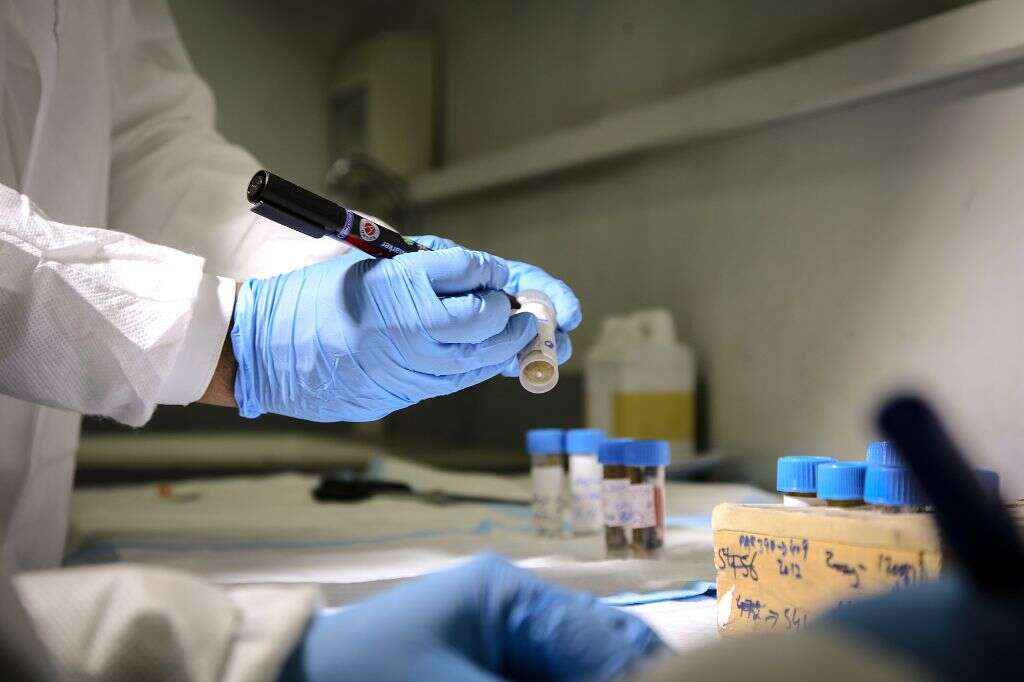
7. What Are the Treatment Options?
No medications specifically target rotavirus, but at-home remedies typically do the trick. The main focus of treatment should be avoiding dehydration. With infants, offer small amounts of liquid or allow them to nurse or drink formula more frequently than usual. Give small children broth, water and drinks that replenish electrolytes.
Your child’s diet should consist of bland foods, such as rice, potatoes, toast or saltines. Limit as much sugar intake as possible since it can aggravate diarrhea symptoms. Encourage your child to get a lot of rest so that his or her body can heal faster.
8. How Long Does Rotavirus Last?
The earliest symptoms often appear as vomiting or a high fever. Soon after that, your child can have watery diarrhea that lasts 3-7 days. While this can be hard for both of you, as long as the symptoms don’t become severe and your child can still ingest liquids, take comfort that this time frame is normal.
The infection can still be present in your youngster’s stool for 10 days after the last of the symptoms have subsided. Wash your hands and disinfect all surfaces even more diligently than usual to avoid another infection.
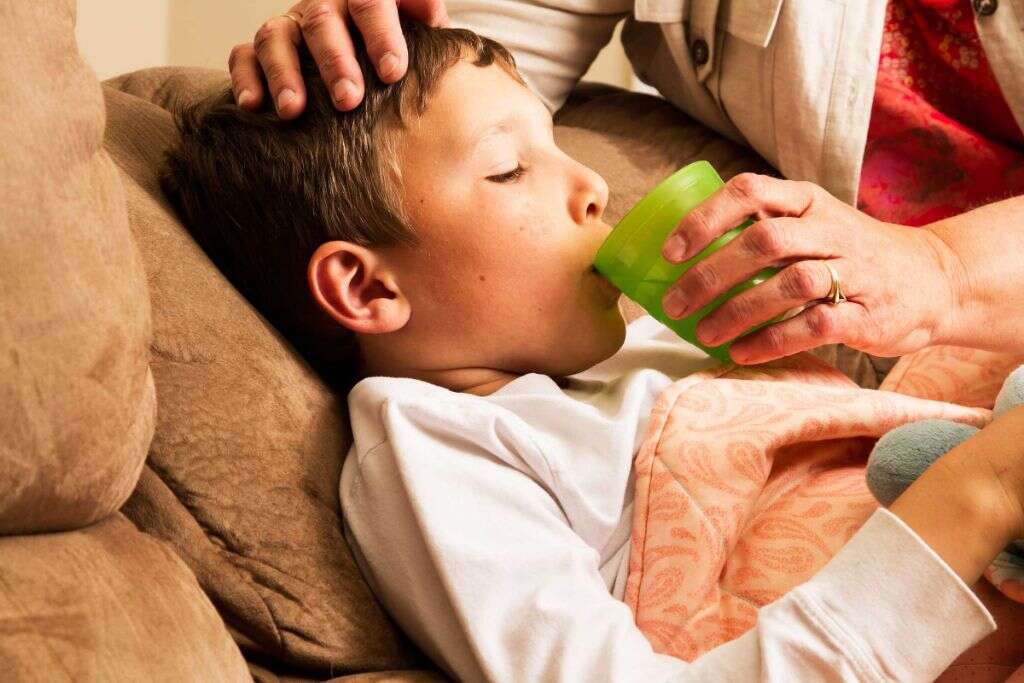
9. How Do You Prevent Rotavirus?
Good hygiene is a great place to start. Every time you change a diaper or help your children wipe after they use the toilet, you must wash your hands with warm water and soap, rubbing vigorously for at least 20 seconds. Teach your small children to do the same and watch them to make sure they remember to do so.
You should also clean any surface with which your children come into contact frequently. This is probably easier than trying to keep them from sticking their fingers in their mouths after they touch the surfaces.
10. How Does the Vaccine Work?
The best prevention for rotavirus is a vaccine. Depending on which vaccine your children receive, they will get two or three doses. The first dose should be given before the infant is 15 weeks old, and all doses should be administered before your baby reaches eight months.
Unlike many other vaccines, the rotavirus vaccines are given orally. The pediatrician or assistant will give the infant drops and ensure the baby swallows them. While the vaccine is 90% effective in preventing rotavirus, hygiene practices should still be observed to prevent this and other illnesses.



